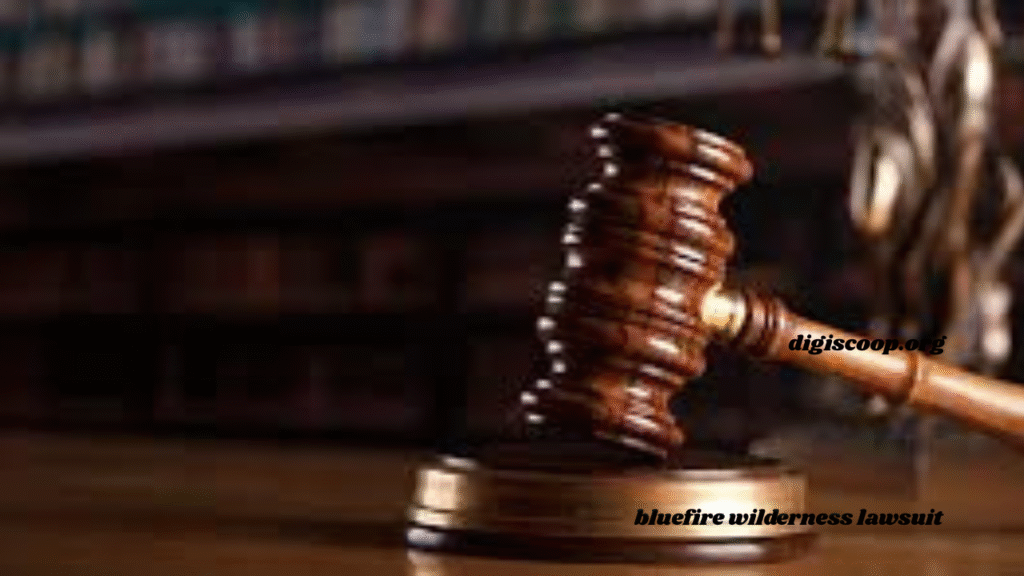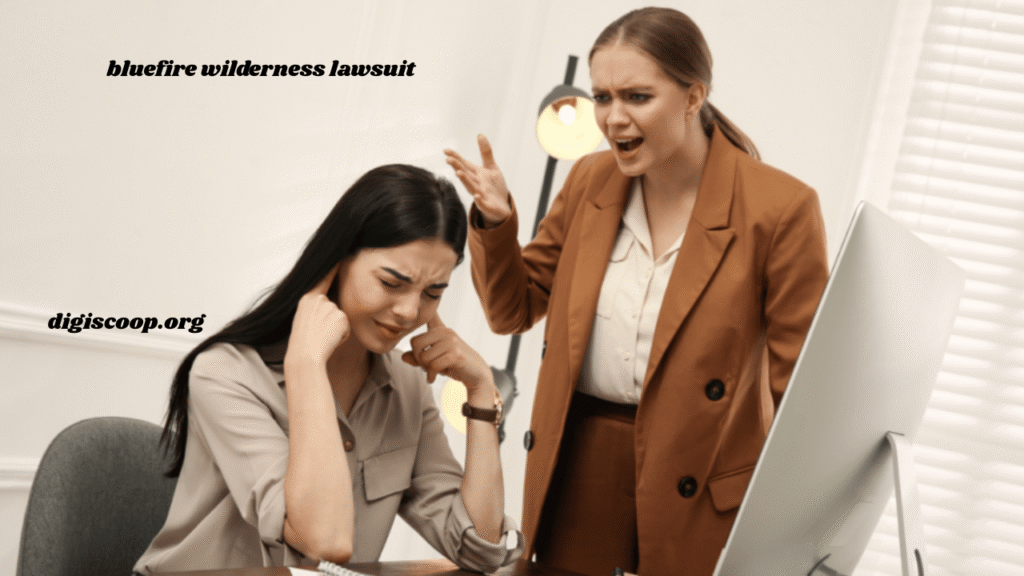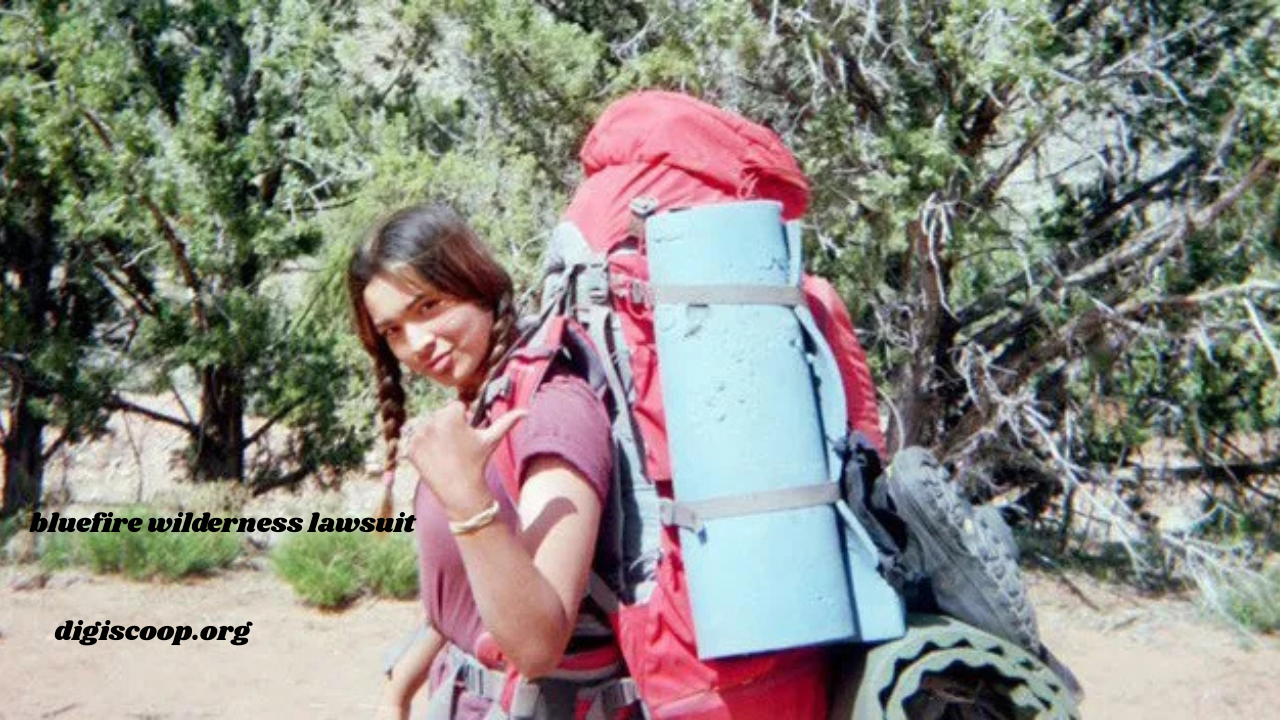Introduction
The BlueFire Wilderness lawsuit has captured widespread attention as one of the most significant legal actions involving wilderness therapy programs in recent years. BlueFire Wilderness, a program based in Idaho, focuses on providing therapeutic interventions for adolescents facing behavioral, emotional, or social challenges. While wilderness therapy programs are often marketed as transformative and safe, this lawsuit raises serious questions about their accountability, treatment methods, and overall effectiveness.
The case has sparked debate within both the mental health and educational communities, prompting scrutiny of the regulations surrounding wilderness therapy and the protection of vulnerable adolescents. The lawsuit’s impact extends beyond the immediate parties involved, potentially affecting industry standards, parental decision-making, and future legal frameworks for similar programs.
Allegations and Claims

The BlueFire Wilderness lawsuit contains multiple allegations from former participants and their families, focusing on negligence, abuse, and misrepresentation.
Negligence

One of the central claims in the lawsuit is that the program failed to provide adequate supervision and care for participants. Families argue that staff were not properly trained to manage high-risk situations or mental health crises, which led to preventable injuries and emotional trauma. These claims suggest that safety protocols may have been insufficient or inconsistently applied, raising questions about the standard of care in wilderness therapy programs.
Abuse Allegations

The lawsuit also includes serious allegations of both physical and emotional abuse. Participants claim they experienced harsh disciplinary measures, forced physical activity under unsafe conditions, and emotionally manipulative techniques. Such allegations point to potential violations of ethical and legal standards for adolescent care, suggesting that some interventions could have crossed the line into abusive behavior rather than therapeutic guidance.
Misrepresentation
Another key point in the lawsuit involves the misrepresentation of program outcomes and services. Families allege that they were led to believe that BlueFire Wilderness could guarantee positive behavioral or mental health changes. The lawsuit asserts that these claims were exaggerated or misleading, raising legal and ethical concerns about transparency in marketing and the promises made to parents seeking help for their children.
Legal Context and Precedents
The BlueFire Wilderness lawsuit is part of a broader pattern of legal scrutiny toward wilderness therapy programs. Courts have increasingly been asked to weigh in on the responsibilities of these programs toward participants, especially regarding safety and informed consent.
Legal experts note that cases like this could set significant precedents. They highlight the importance of ensuring that wilderness therapy programs are held accountable for both their methods and the outcomes they advertise. In addition, the lawsuit could influence insurance coverage policies for such programs, as insurers seek clarity on liability issues surrounding wilderness-based therapeutic interventions.
Survivor Testimonies and Experiences
Central to the lawsuit are the testimonies of former participants, which provide insight into the lived experiences behind the allegations. Survivors describe instances where they felt coerced into participation, faced extreme physical demands, and endured emotionally manipulative practices.
Many survivors report feelings of isolation, fear, and trauma stemming from their time in the program. These personal accounts have not only informed the lawsuit but have also prompted public discussion about the potential psychological risks associated with wilderness therapy programs.
The emotional weight of these testimonies underscores the importance of regulatory oversight, parental awareness, and the careful evaluation of any program claiming to provide intensive behavioral or mental health treatment.
Industry Implications
The BlueFire Wilderness lawsuit has reverberated throughout the wilderness therapy industry. These programs, often operating in remote areas with limited oversight, have historically faced minimal external regulation. The lawsuit highlights the need for industry-wide accountability and increased safety standards.
Calls for Regulation
Advocates argue that the lack of uniform standards allows programs to operate without rigorous checks on safety, staff training, and participant welfare. The lawsuit has intensified calls for stricter guidelines, independent monitoring, and more transparent reporting of incidents within wilderness therapy programs.
Impact on Program Practices
Programs across the industry may now face increased scrutiny from regulators, insurers, and families. There could be a shift toward implementing standardized protocols, improving staff qualifications, and providing more robust mechanisms for addressing complaints and grievances.
Ethical Considerations
Beyond legal implications, the BlueFire Wilderness lawsuit raises broader ethical questions about the treatment of adolescents in therapeutic settings. Ethical concerns include:
- Ensuring informed consent and understanding of program risks by both participants and their families.
- Avoiding coercive practices or interventions that could cause psychological harm.
- Maintaining accountability for staff actions and program outcomes.
Ethical lapses in wilderness therapy not only harm participants but can also undermine public trust in therapeutic programs designed to help at-risk youth.
Potential Outcomes of the Lawsuit
The outcome of the BlueFire Wilderness lawsuit could have far-reaching consequences. If the plaintiffs succeed, it may compel the program to:
- Revise safety protocols and operational procedures.
- Increase transparency regarding program methods and outcomes.
- Offer reparations or settlements to affected participants.
Even if the lawsuit does not result in a financial judgment, it is likely to drive industry-wide reform, influencing how wilderness therapy programs operate and are perceived by the public.
Parental Guidance and Considerations
For parents exploring wilderness therapy programs, the BlueFire Wilderness lawsuit serves as a cautionary tale. Families are advised to:
- Conduct thorough research about program history, staff qualifications, and participant experiences.
- Ask detailed questions about safety protocols, emergency procedures, and therapeutic approaches.
- Seek evidence-based alternatives and consult mental health professionals before making a decision.
Awareness and vigilance can help prevent families from unintentionally placing adolescents in potentially harmful environments.
Conclusion
The BlueFire Wilderness lawsuit has shone a spotlight on the risks and challenges associated with wilderness therapy programs. Allegations of negligence, abuse, and misrepresentation have sparked legal action, survivor advocacy, and calls for industry reform.
While the case is ongoing, it underscores the critical need for regulatory oversight, ethical practices, and informed decision-making in programs serving vulnerable youth. The lawsuit may ultimately influence the future of wilderness therapy, shaping how such programs are managed, monitored, and perceived.
Families, professionals, and regulators alike are watching closely, knowing that the outcome could redefine standards and expectations for therapeutic programs designed to help adolescents in crisis.
FAQs
Q1: What is BlueFire Wilderness?
BlueFire Wilderness is an Idaho-based program offering wilderness therapy to adolescents with behavioral, emotional, or social challenges.
Q2: What are the main claims in the lawsuit?
The lawsuit alleges negligence, physical and emotional abuse, and misrepresentation of the program’s services and outcomes.
Q3: How might the lawsuit affect the wilderness therapy industry?
It may lead to stricter regulations, improved oversight, and higher standards for participant safety and staff accountability.
Q4: Why are survivor testimonies important?
They provide first-hand accounts of the program’s practices, revealing potential risks, trauma, and ethical issues.
Q5: What should parents consider before enrolling their child in such programs?
Parents should research programs thoroughly, verify staff qualifications, evaluate safety measures, and seek professional guidance to ensure the well-being of their child.
Also Read : The //vital-mag.net Blog: A Deep Dive into Health, Wellness, and Lifestyle Insights







